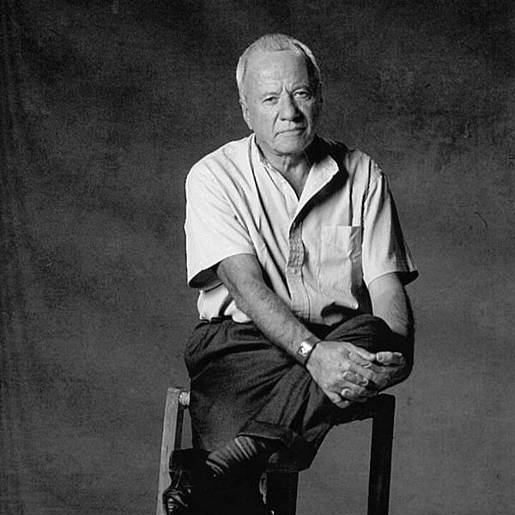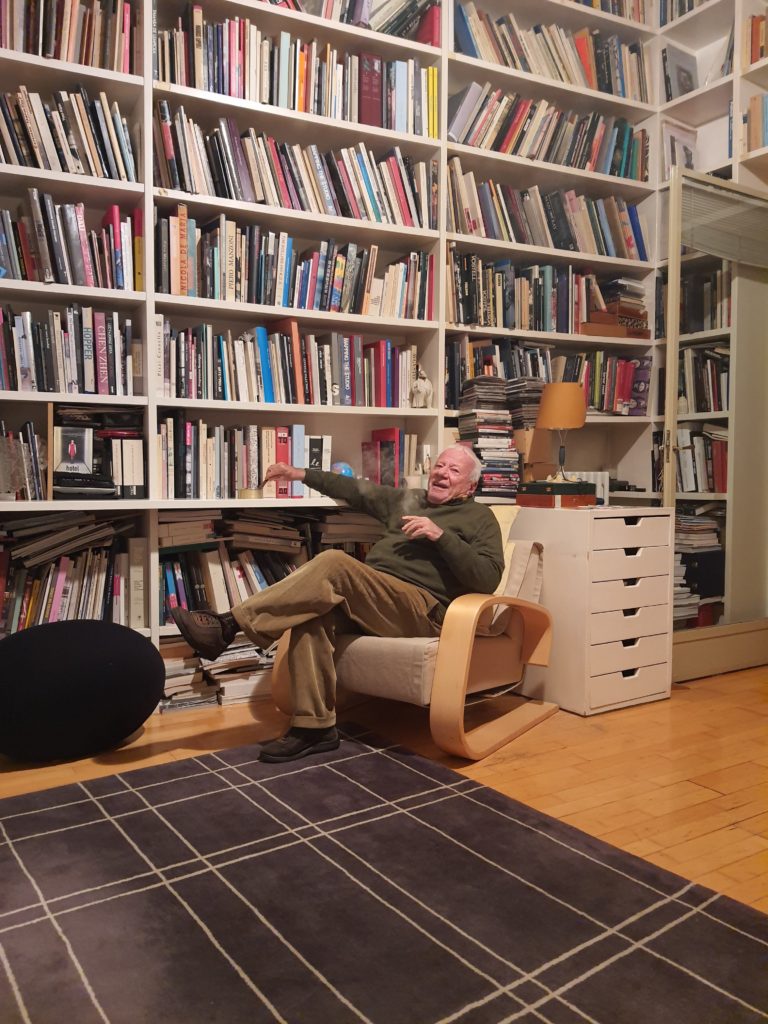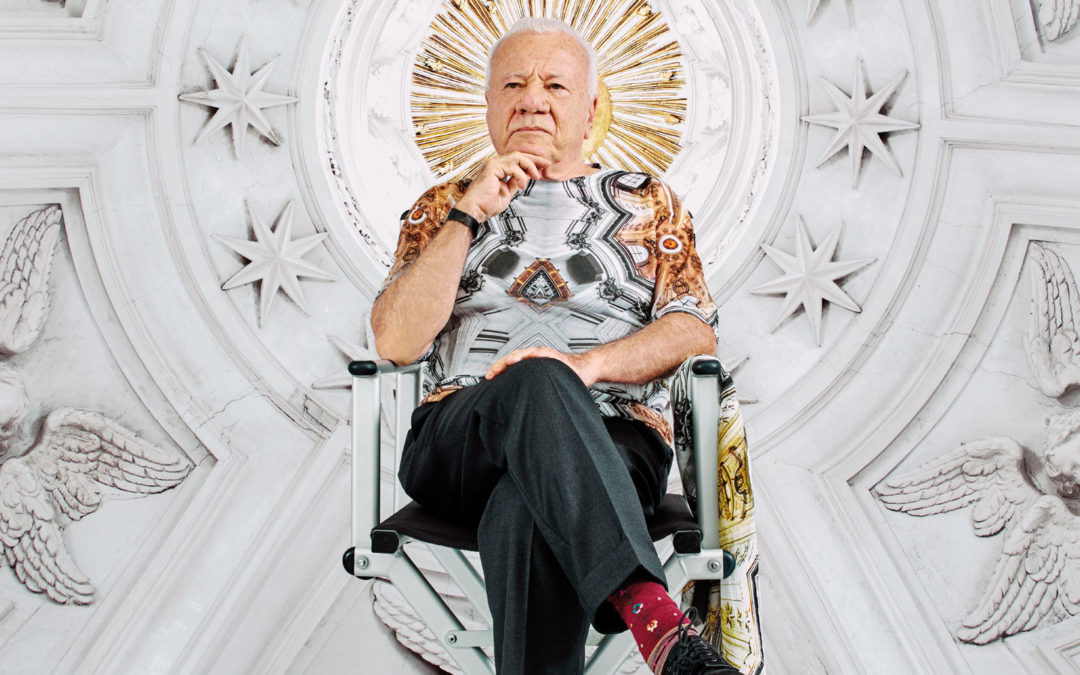Achille Bonito Oliva is at Rivoli’s Castle with “A.B.O. Theatron. Art or life”
“A.B.O. Theatron. Art or life”, this is the title of the review about Achille Bonito Oliva, a well-known Italian art critic.
It opens on June 24th.
The review is organized by CRRI (Rivoli Castle Research Center), to which Bonito Oliva has donated his Archive, in collaboration with the Curatorial Department.
Achille Bonito Oliva was born in Caggiano (Salerno) on November 4th, 1939.
After studying law in Naples and the first approaches to the art world and poetry, in 1968 he moved to Rome, where he began his career as an art critic, meanwhile teaching contemporary art history at the faculty of Architecture of the Sapienza University.

Achille Bonito Oliva – Courtesy of Rome Central Magazine
Bonito Oliva, together with his colleague Germano Celant, represents the birth of what has been considered a new current in Italian contemporary art, especially thanks to his studies on the trans-avant-garde.
In a long and very interesting interview on Arte, the critic explains the reasons behind the title of the review “A.B.O. Theatron. Art or life”.
The etymology of the word Theatron is divided between the meaning of theater which is already intuitive and the one of “I look ” from ancient greek theomai.
Art or life is the essential combination that has always accompanied the life and history of the critic “I have always thought that art disguises humanity while critics pursues a truth present within art and tries to make it to emerge”.

Achille Bonito Oliva – Courtesy Castello di Rivoli
Personality with a certainly multifaceted character, he is defined as nomadic, encyclopedic, transversal, histrionic, performer. He admits that his masters are two, Totò and Duchamp: close with each other for humor and irony.
The first giant of Italian and Neapolitan comedy with his “regardless”, the second revolutionary art genius who made art from common objects by decontextualizing them. Duchamp’s objects were art “regardless” of their origin.
The exhibition can be visited until January 9th 2022.

